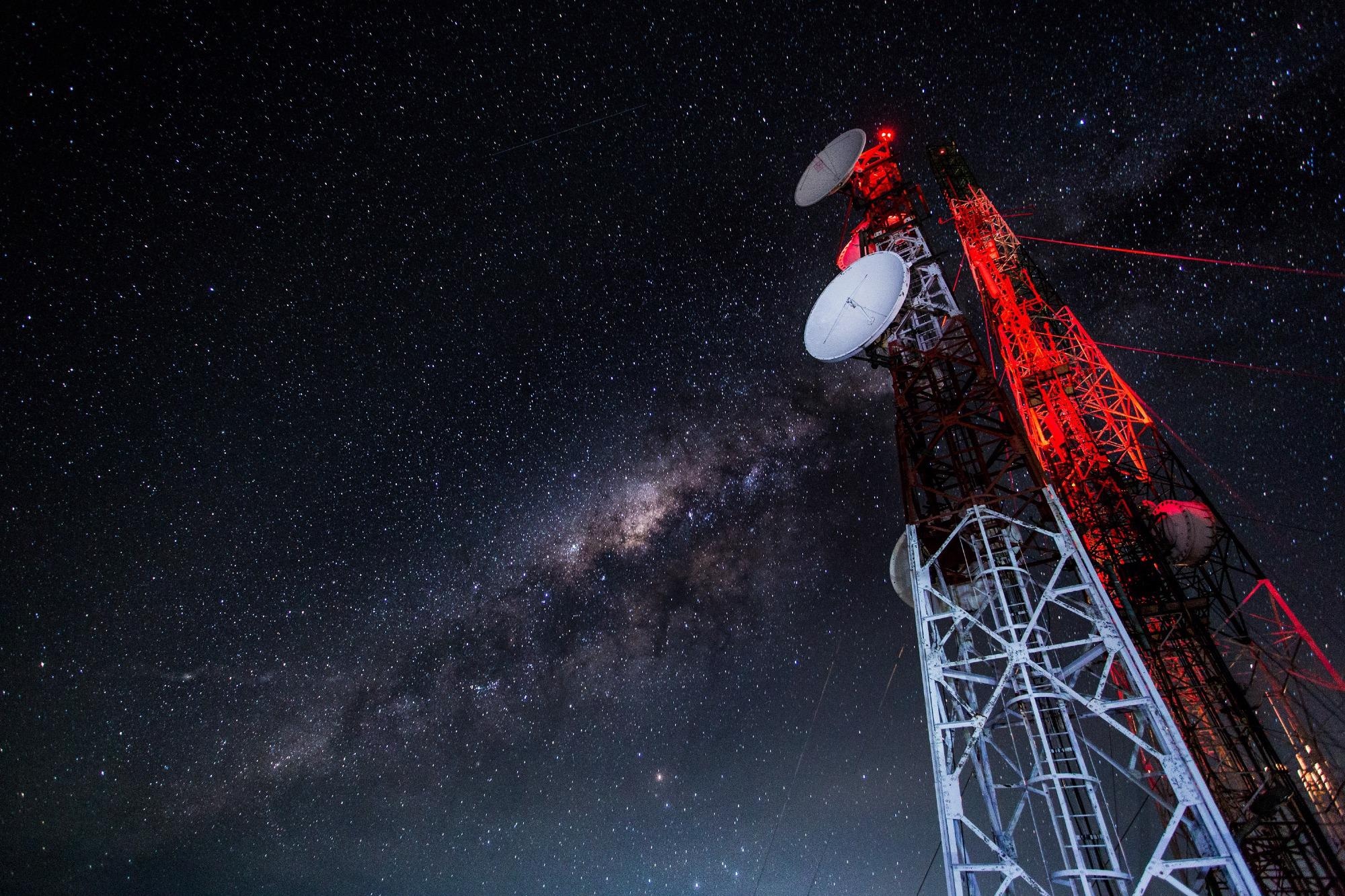As part of a collaborative research agreement signed between the two countries, an international research group from Japan and Finland will strive to develop technologies and standards for the sixth generation of wireless communications, generally called 6G.
 Reach for the stars. 6G will integrate personal communication devices with satellite networks en masse for the first time. This would improve access to high-speed communications, as well as help in disaster situations. Image Credit: CC-0 Pixabay/Republica.
Reach for the stars. 6G will integrate personal communication devices with satellite networks en masse for the first time. This would improve access to high-speed communications, as well as help in disaster situations. Image Credit: CC-0 Pixabay/Republica.
Several people consider it is essential to expedite the development of communications technology, especially during those times when more people than before have come to depend on telecommunications for numerous aspects of their lives.
The main feature of this technology is how people and machines communicate wirelessly. To guide the way to a new generation of wireless communications, international cooperation is necessary, as shared standards tend to promote adoption.
For this purpose, Japan and Finland have started a bilateral partnership via collaboration between the University of Tokyo and the University of Oulu in Finland. For the forthcoming years, a roadmap for the 6G standard will be developed and the technological components will be studied.
Matti Latva-aho, academy professor at the University of Oulu and director of the national 6G Flagship research program in Finland, has been appointed as a global research fellow at the University of Tokyo.
He will work together with Professor Akihiro Nakao at UTokyo’s Graduate School of Engineering, and their team will strive to research and develop 6G technologies and technical standards in the future.
According to Nakao, 6G technology could have an influence on society in several different ways.
It’s not just about higher speeds and faster response, though these things will be improved. The aims of 6G include massive improvement in power efficiency, security based on quantum mechanics, AI-driven network optimization, integration with satellite networks and more. For day-to-day life, all this means people will have a more seamless experience communicating with each other, as well as interacting with services and devices.
Akihiro Nakao, Professor, Graduate School of Engineering, University of Tokyo
Certain realms of life that could benefit from 6G are health care, where low-power embedded sensors can communicate health data in real-time to expert systems or doctors, or even disaster response, because integration with satellite platforms implies that if the ground-based infrastructure is broken, then essential communication can be retained.
This is essential in places like Japan where floods, tsunamis, earthquakes and even volcanoes are considered to be quite real hazards that impact the lives of people.
Latva-aho and Nakao both believe that the Japan-Finland collaboration can make the most of the best each country has to offer. Both countries possess a history of pushing the boundaries of communications technology forward by designing global standards and producing iconic brands like Nokia.
As an engineer, the development of technology is of course very exciting, but 6G goes beyond that. Rather than a communications infrastructure, it feels more like a social infrastructure. We have acquired funding for 10 large-scale national projects, including semiconductor development, augmented reality, satellite communications and more.
Akihiro Nakao, Professor, Graduate School of Engineering, University of Tokyo
“And we hope to bring the fruits of our research to the university campus, where we can demonstrate the capabilities of 6G firsthand by offering immersive, remote hands-on lectures before rolling out the technology to the public,” added Nakao.